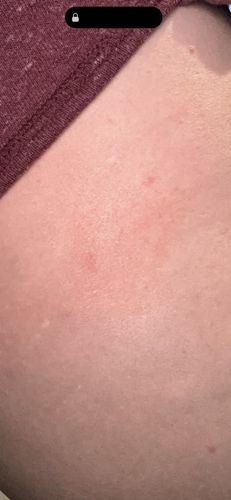Mosquito
Scientific Name: Various genera within Culicidae (e.g., Anopheles, Aedes, Culex)
Order & Family: Order: Diptera, Family: Culicidae
Size: Typically 3 to 6 mm (0.1 to 0.25 inches) in length

Natural Habitat
Mosquitoes are found globally in a wide variety of habitats, especially near standing water sources such as ponds, swamps, marshes, puddles, ditches, and artificial containers, as their larvae and pupae require aquatic environments to develop.
Diet & Feeding
Female mosquitoes consume blood (sanguivorous) from various hosts, including humans, for egg production. Both male and female mosquitoes feed on plant nectars and other sugar sources for energy.
Behavior Patterns
Mosquitoes are most active during dawn and dusk (crepuscular) but some species are active during the day or night. Females bite to obtain blood meals necessary for egg development. They lay eggs in or near water. Larvae and pupae are aquatic. Adult males feed on nectar.
Risks & Benefits
Risks: Mosquitoes are significant vectors of numerous diseases, including malaria, dengue fever, Zika virus, West Nile virus, chikungunya, and yellow fever, causing millions of deaths annually worldwide. Their bites also cause itchy welts. Benefits: In their larval stage, they can be a food source for aquatic animals. Adult mosquitoes, though sometimes a nuisance, can act as pollinators to certain plants, particularly males.
Identified on: 9/3/2025